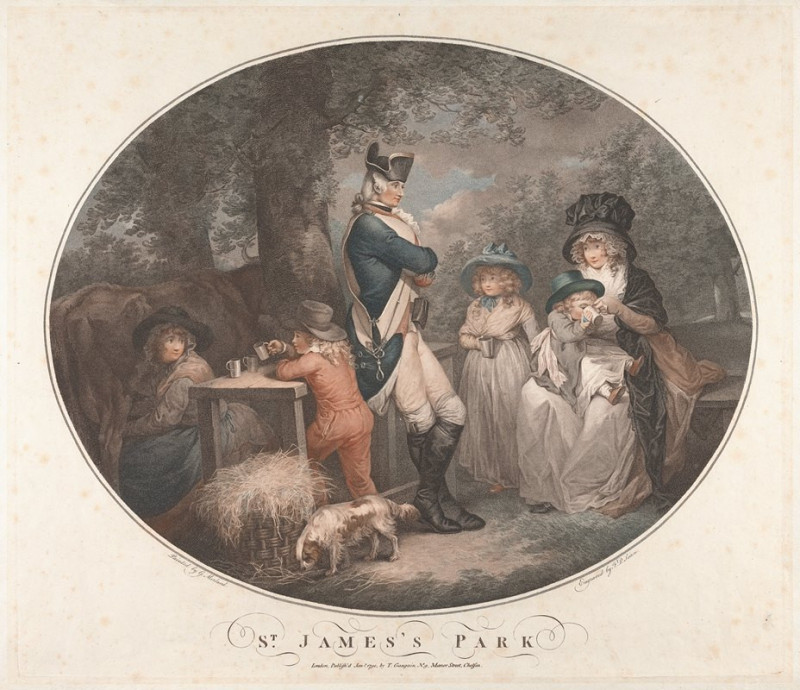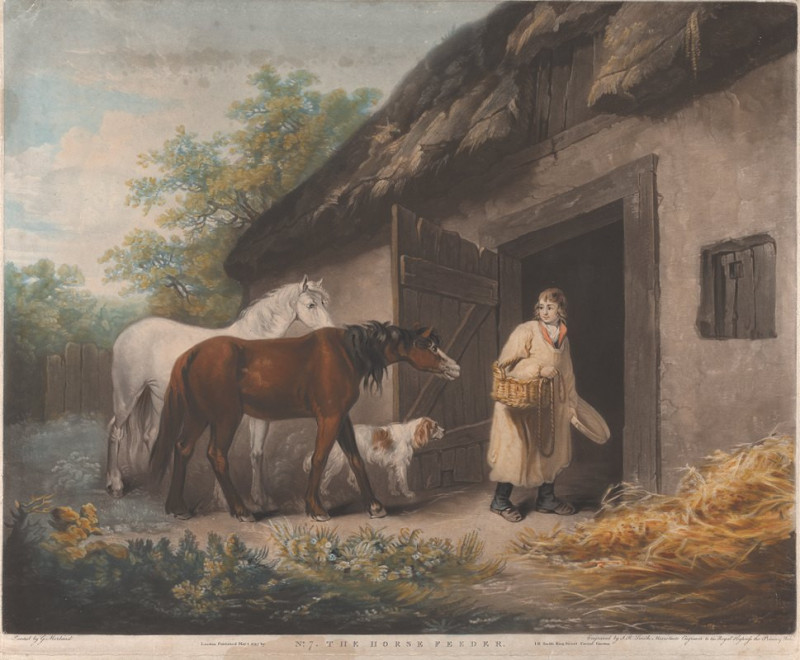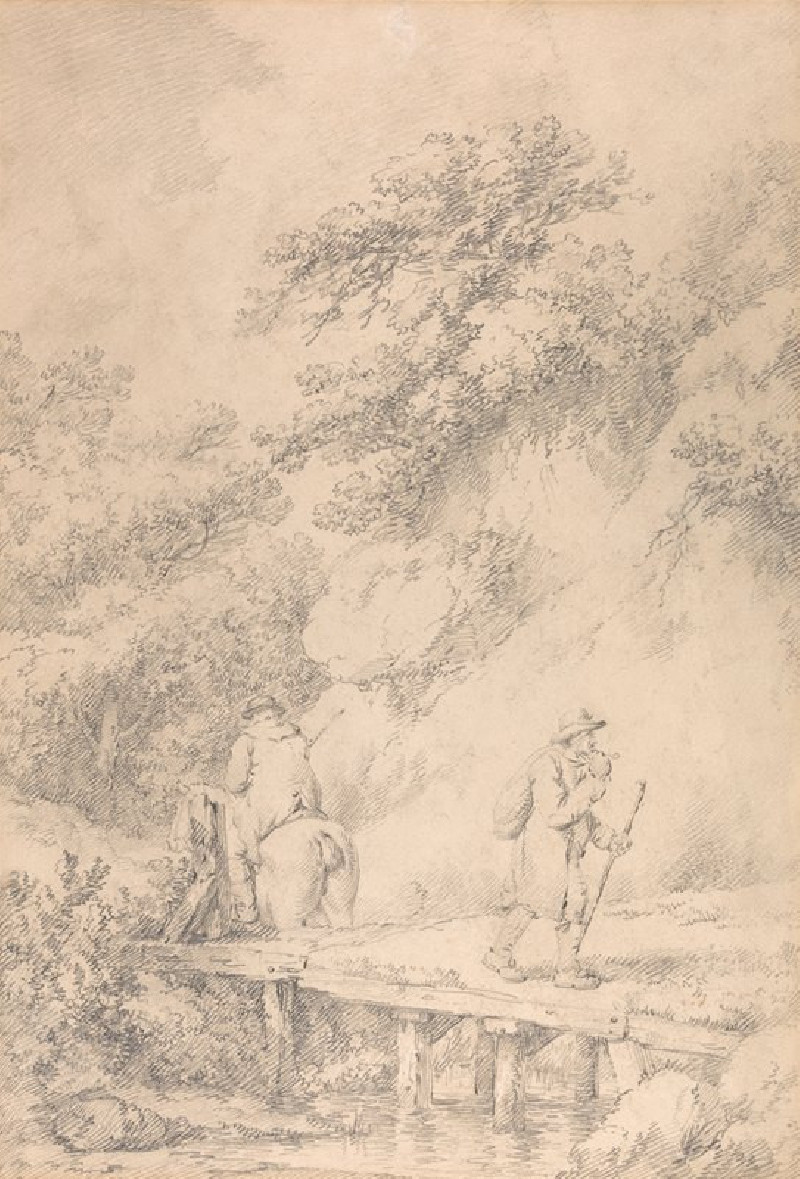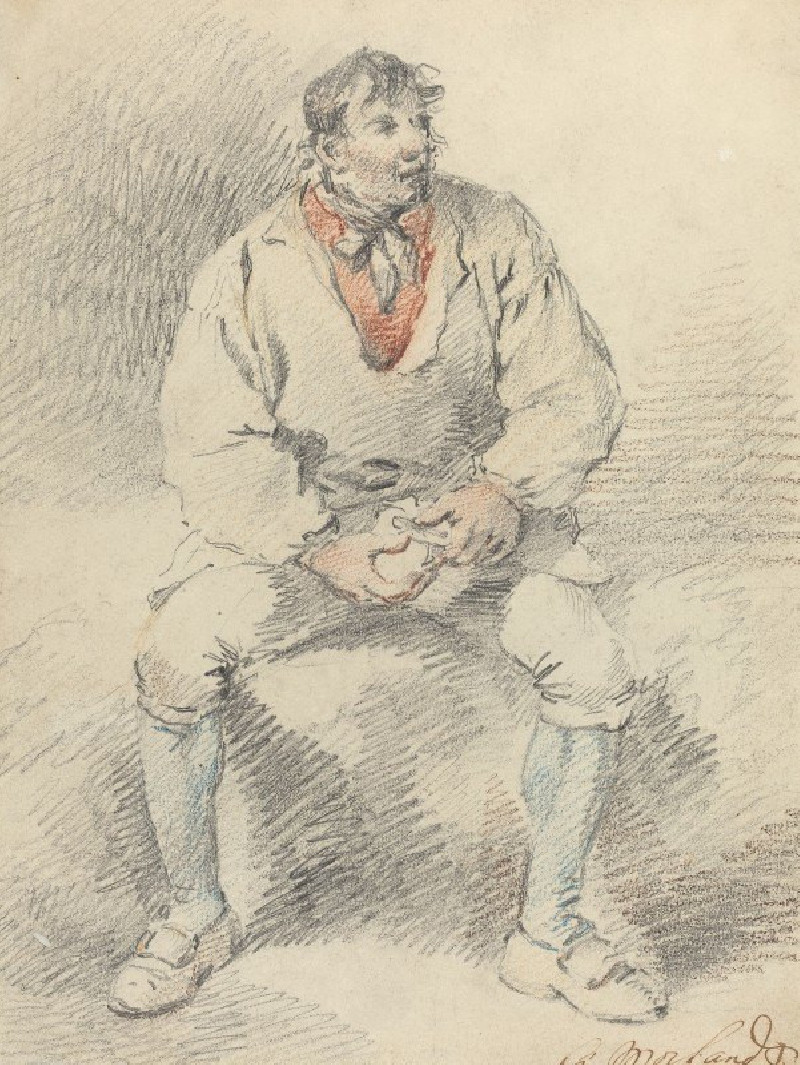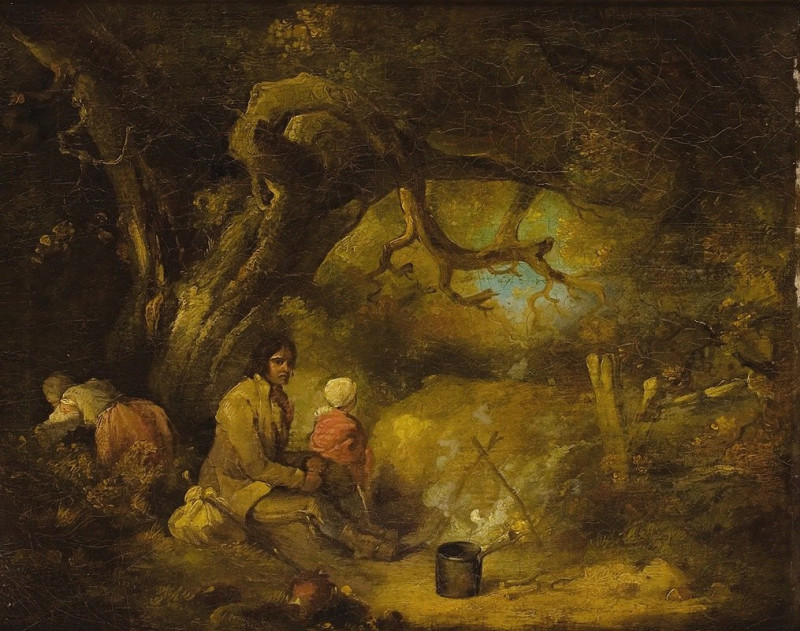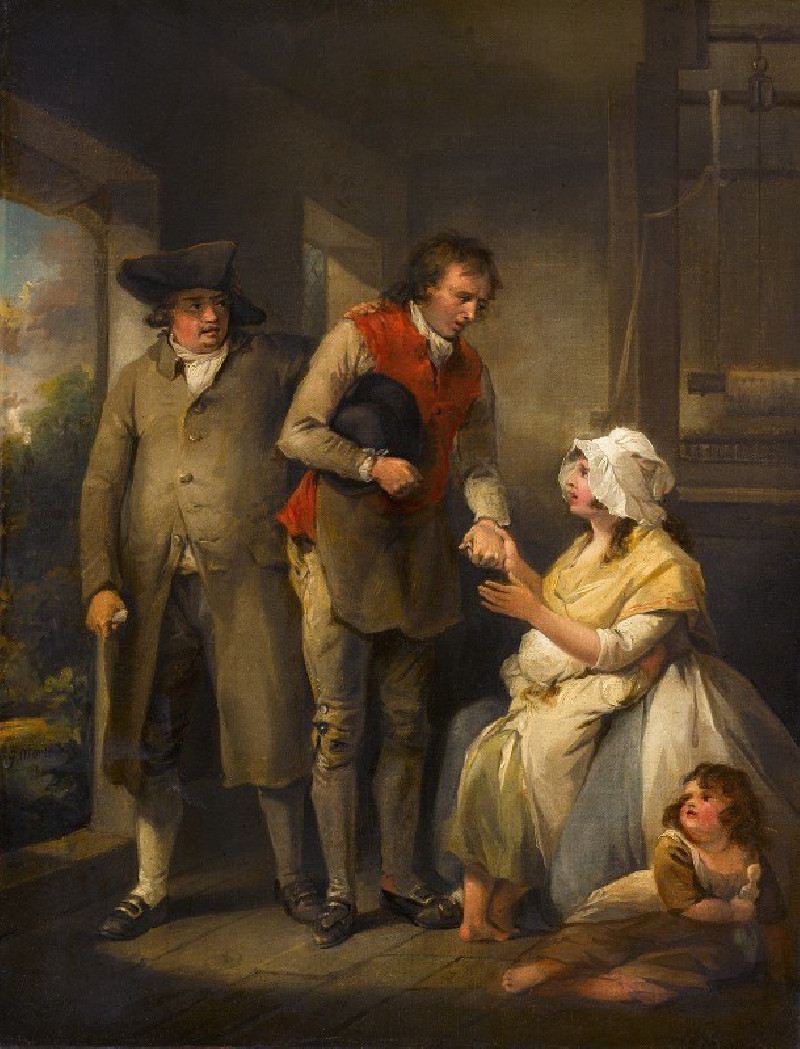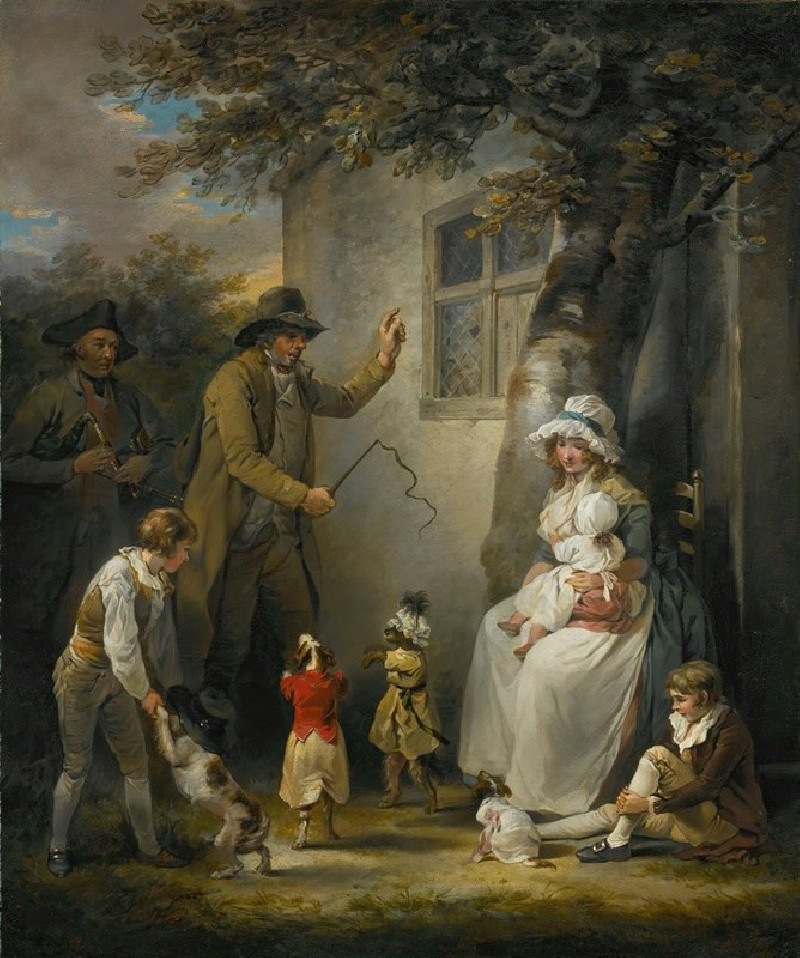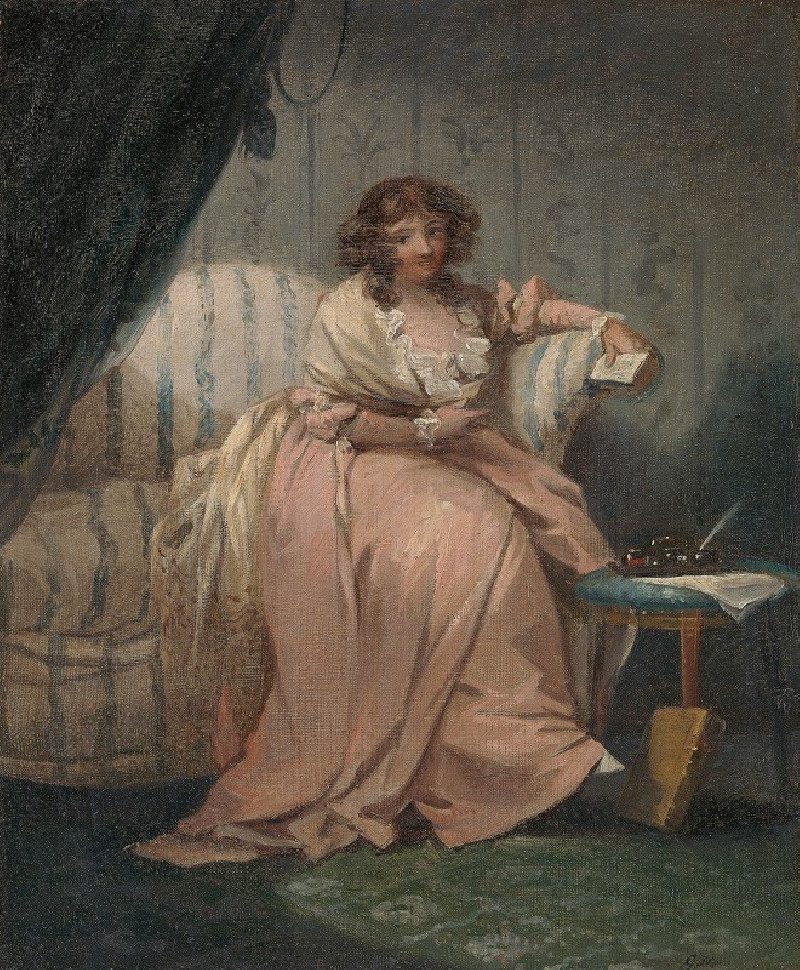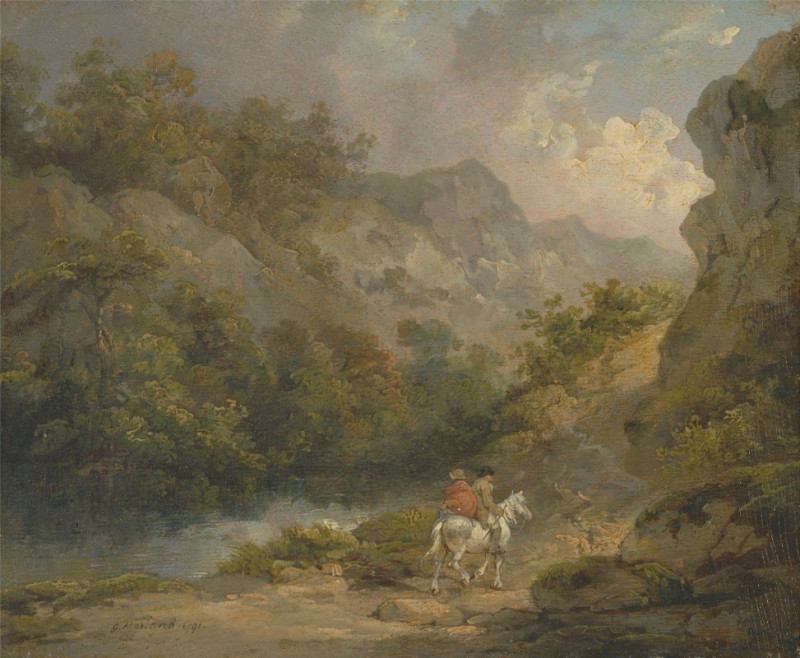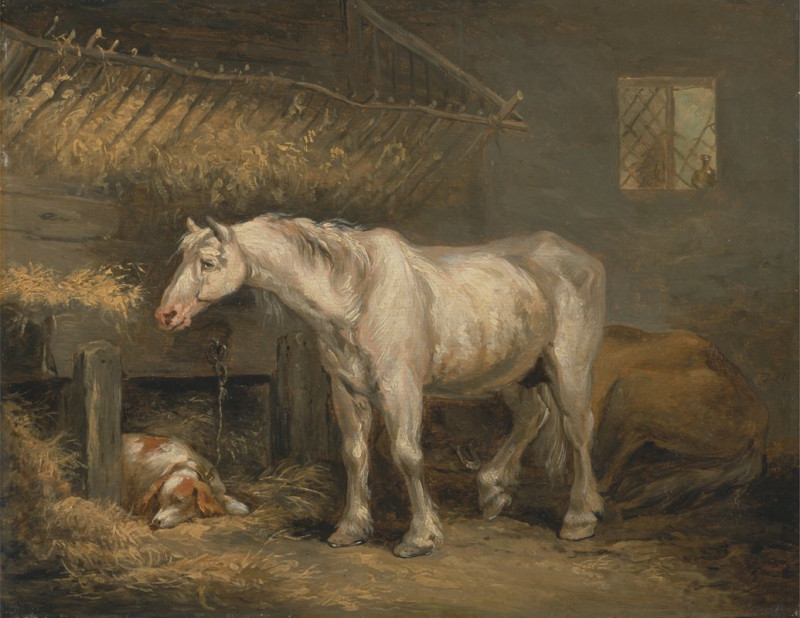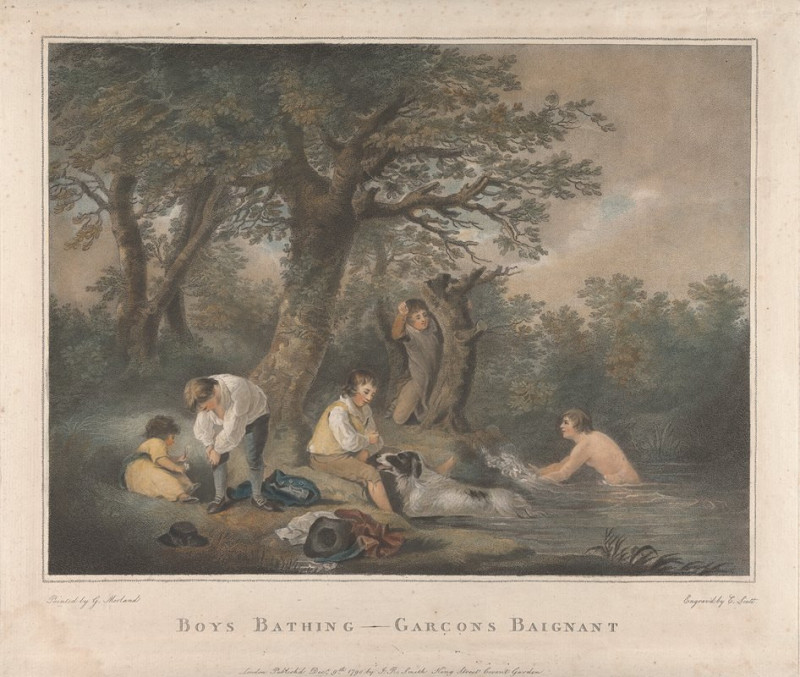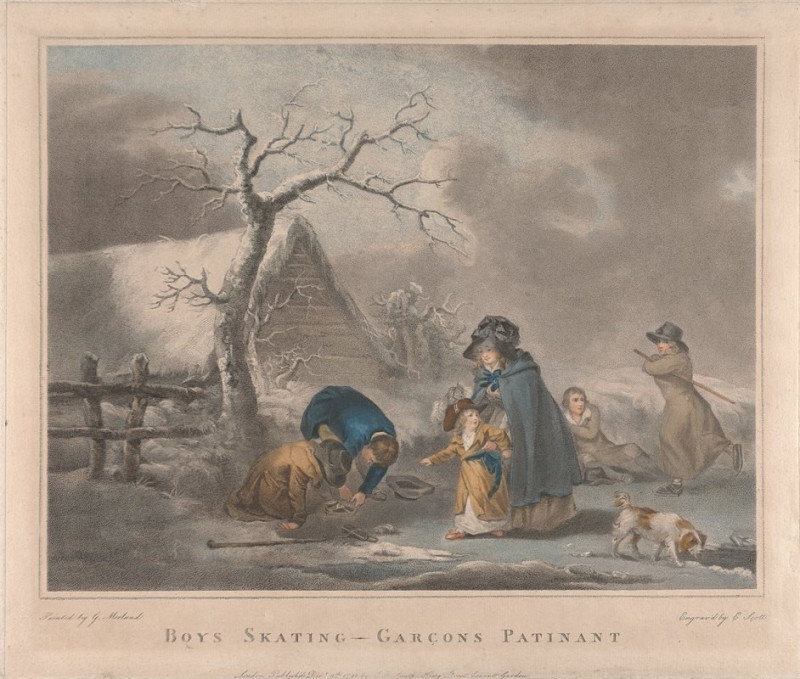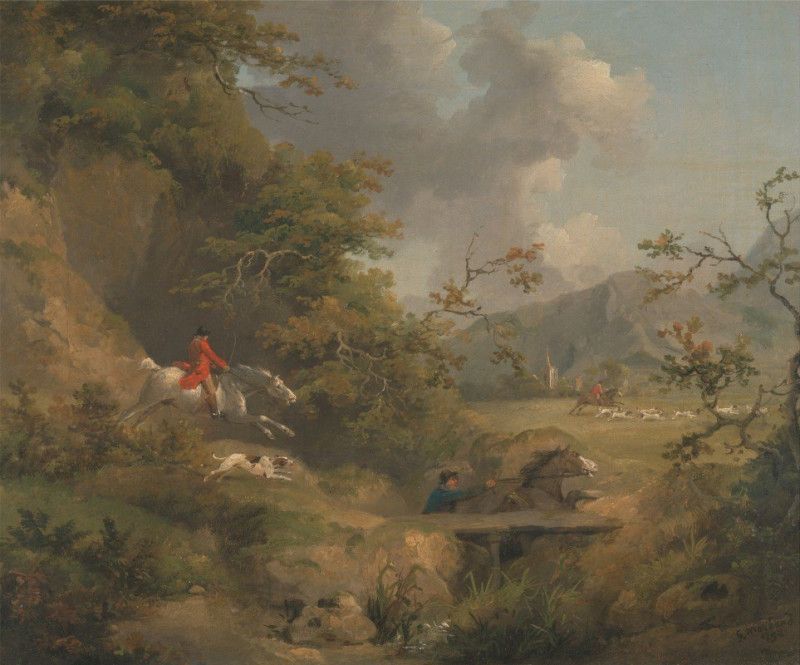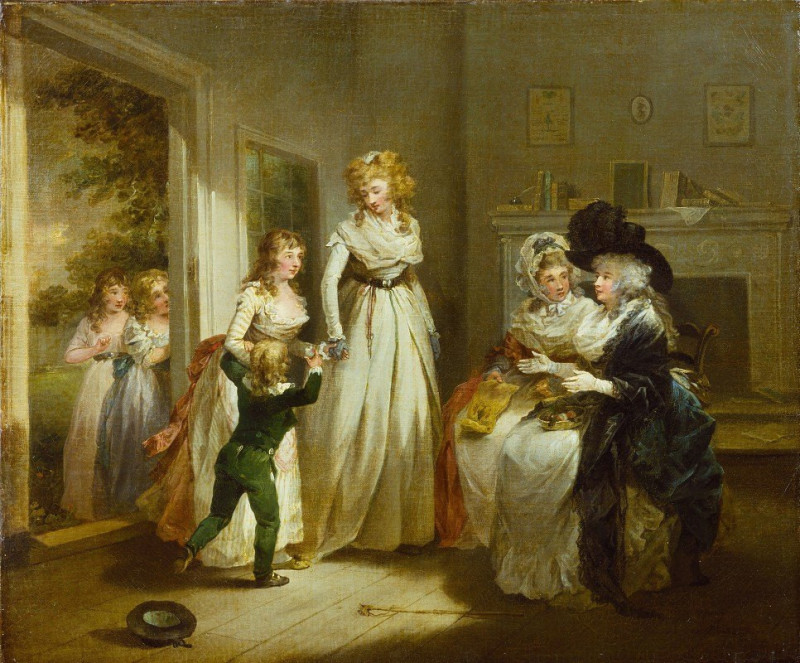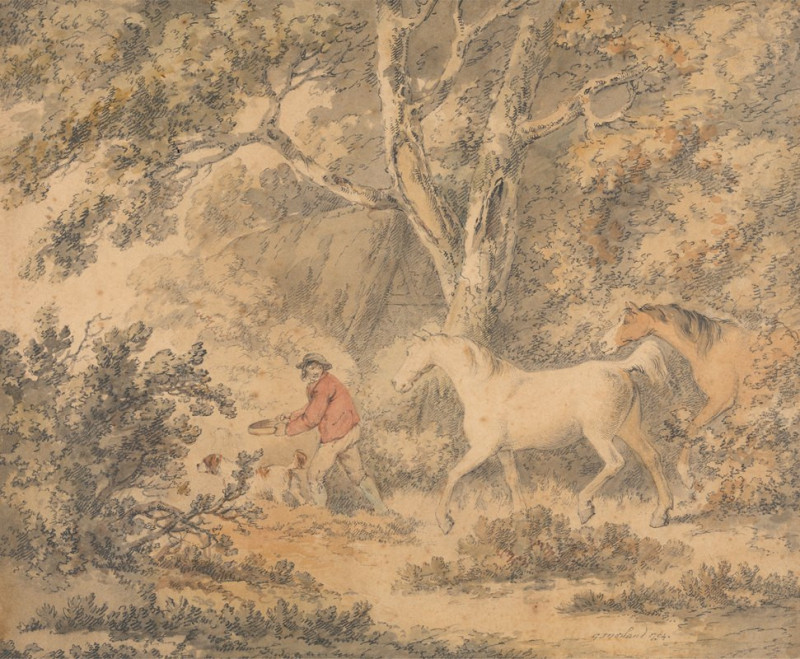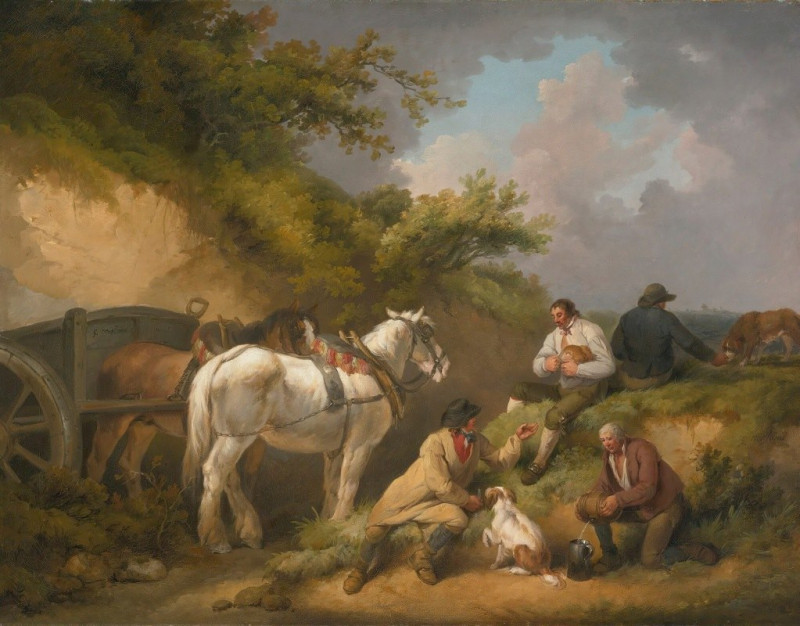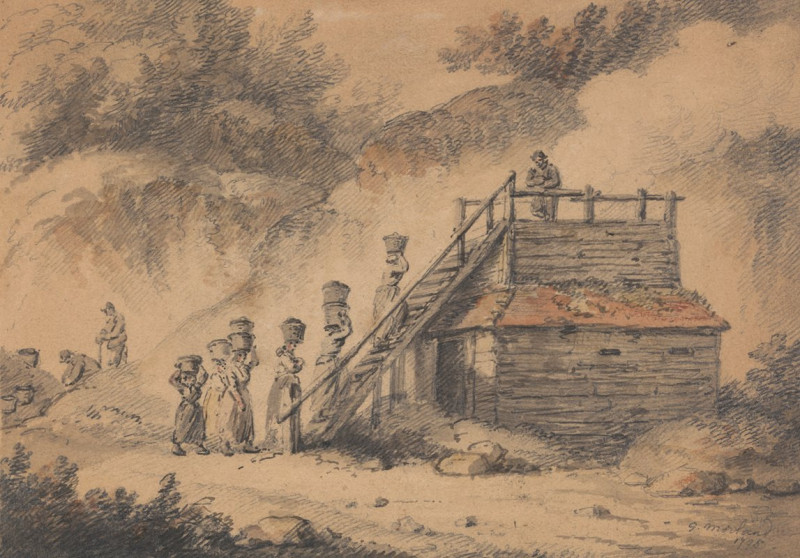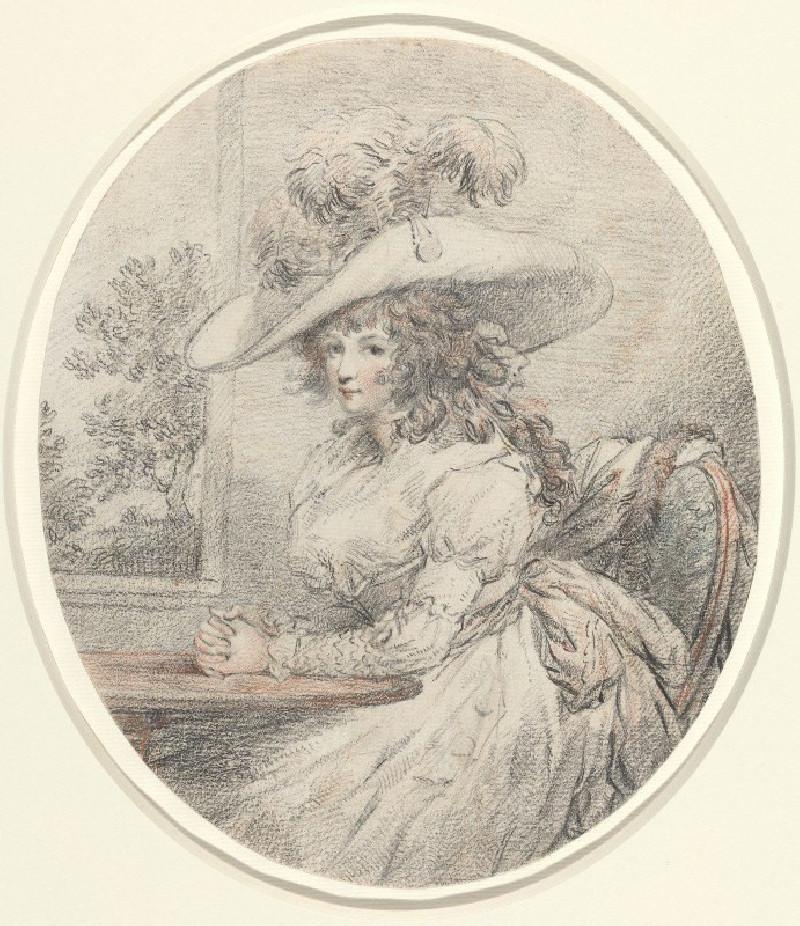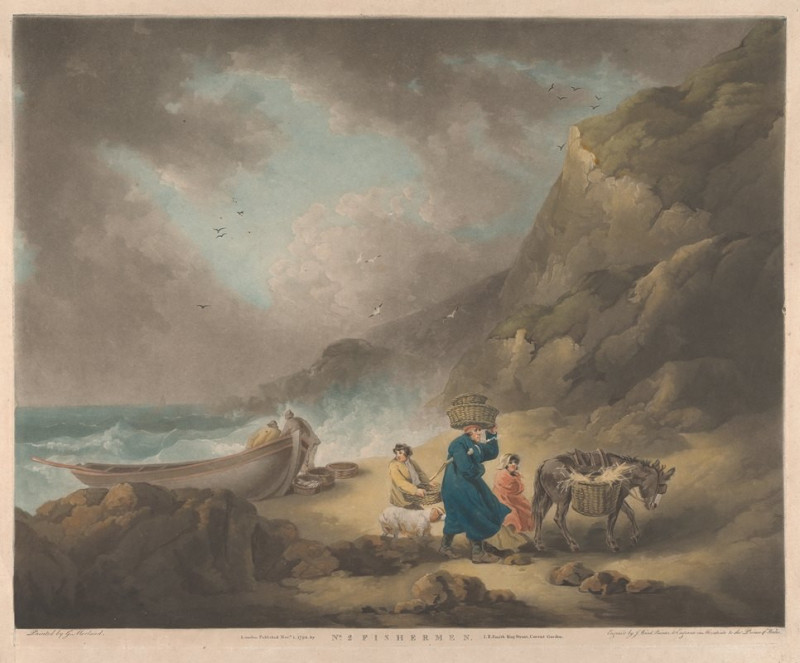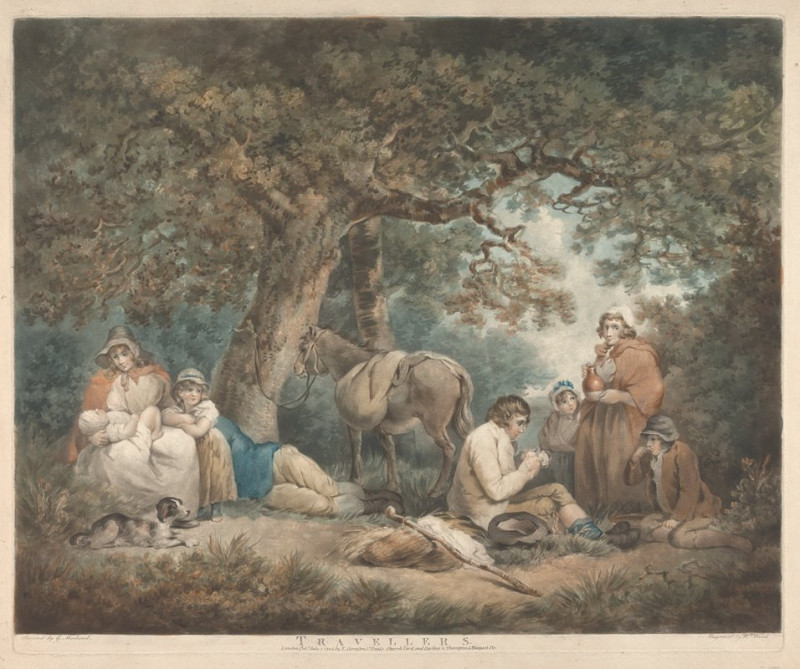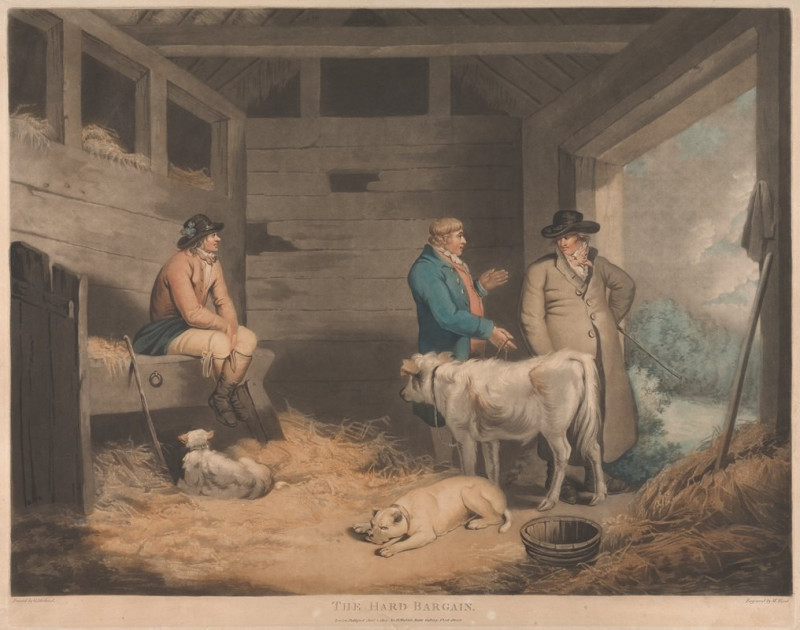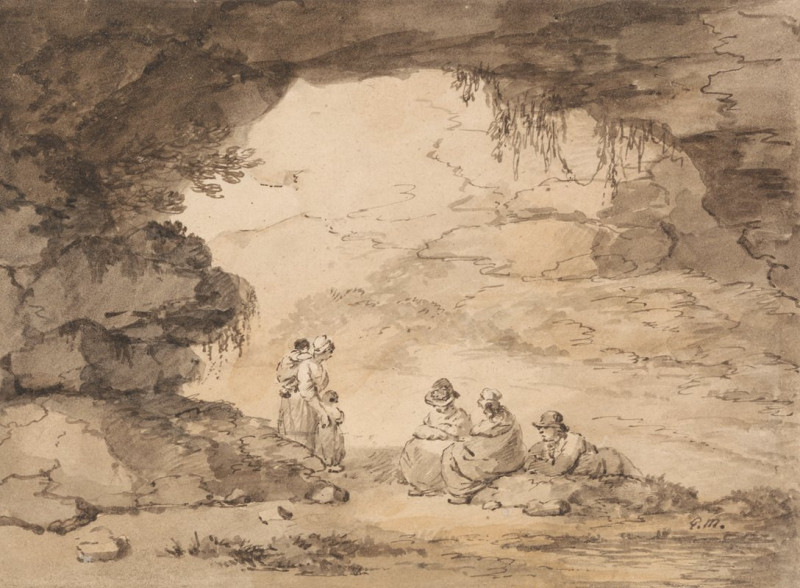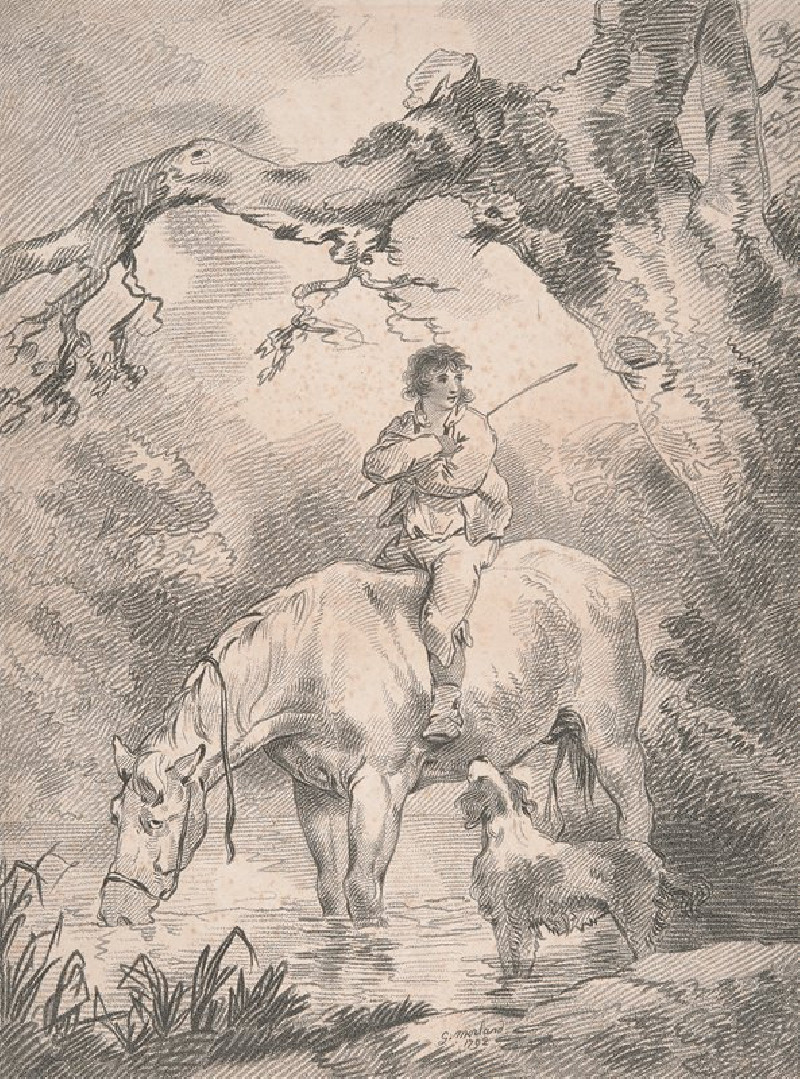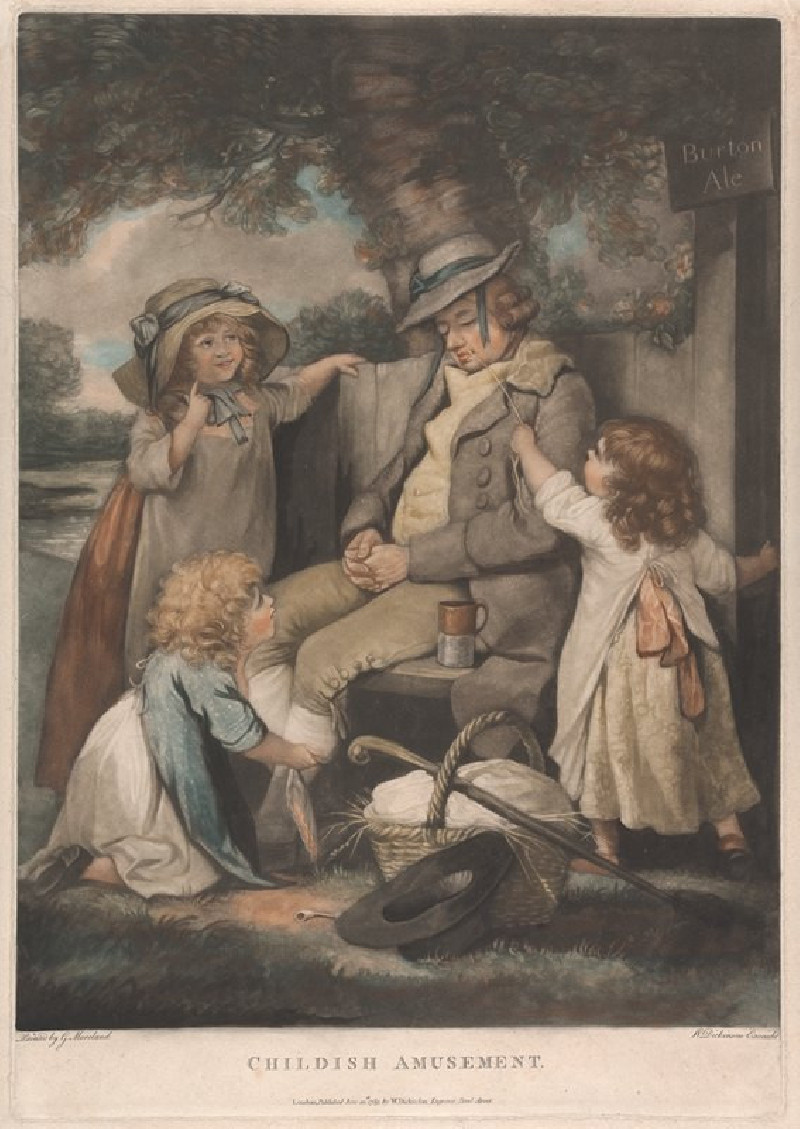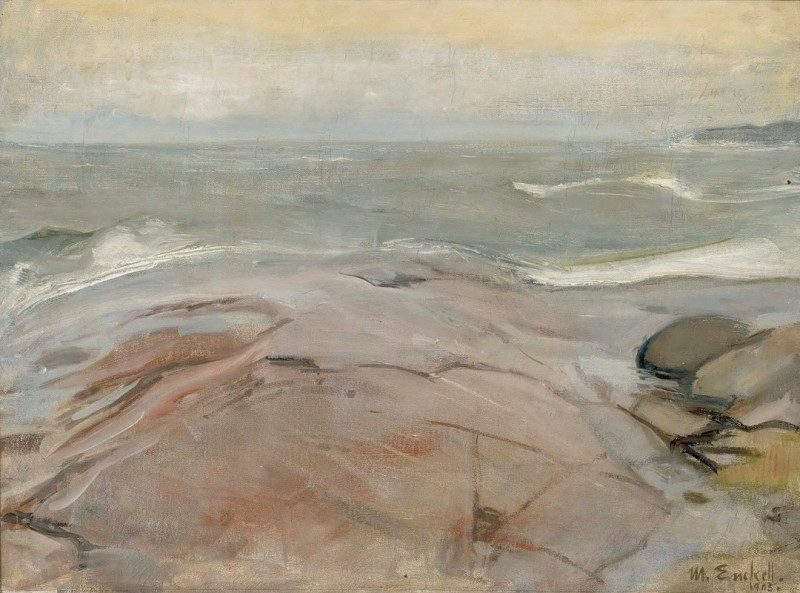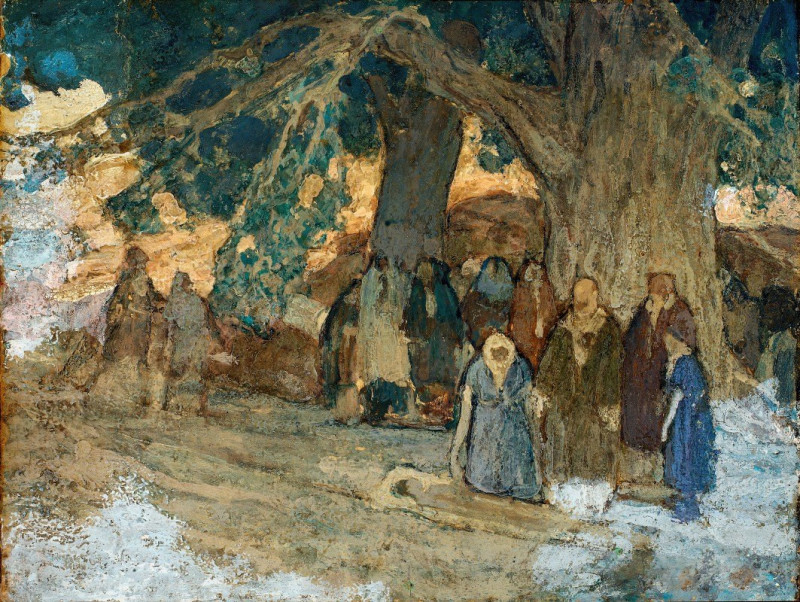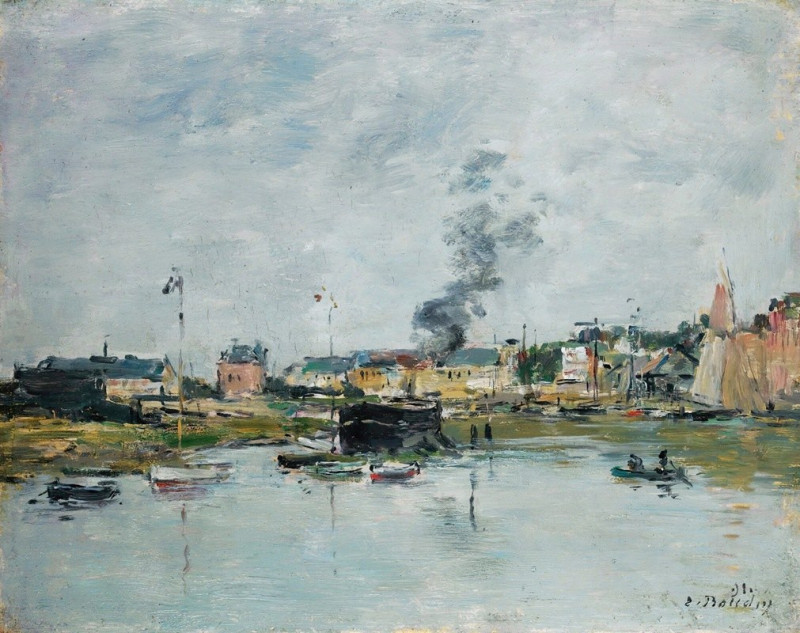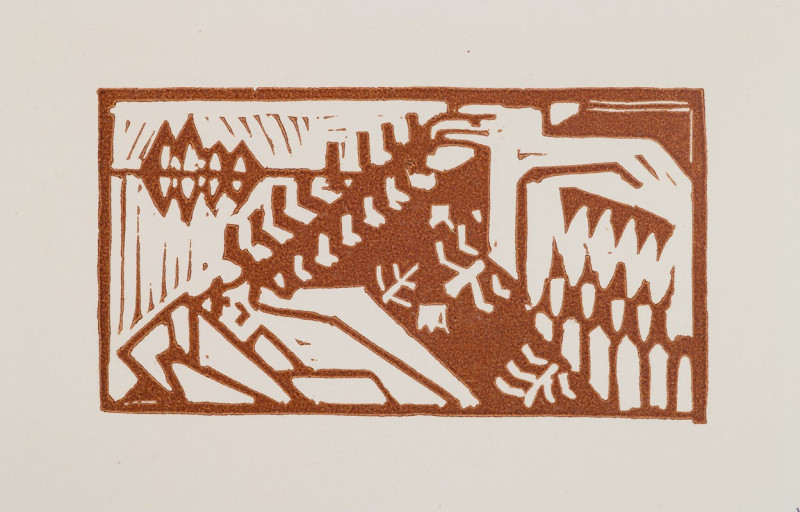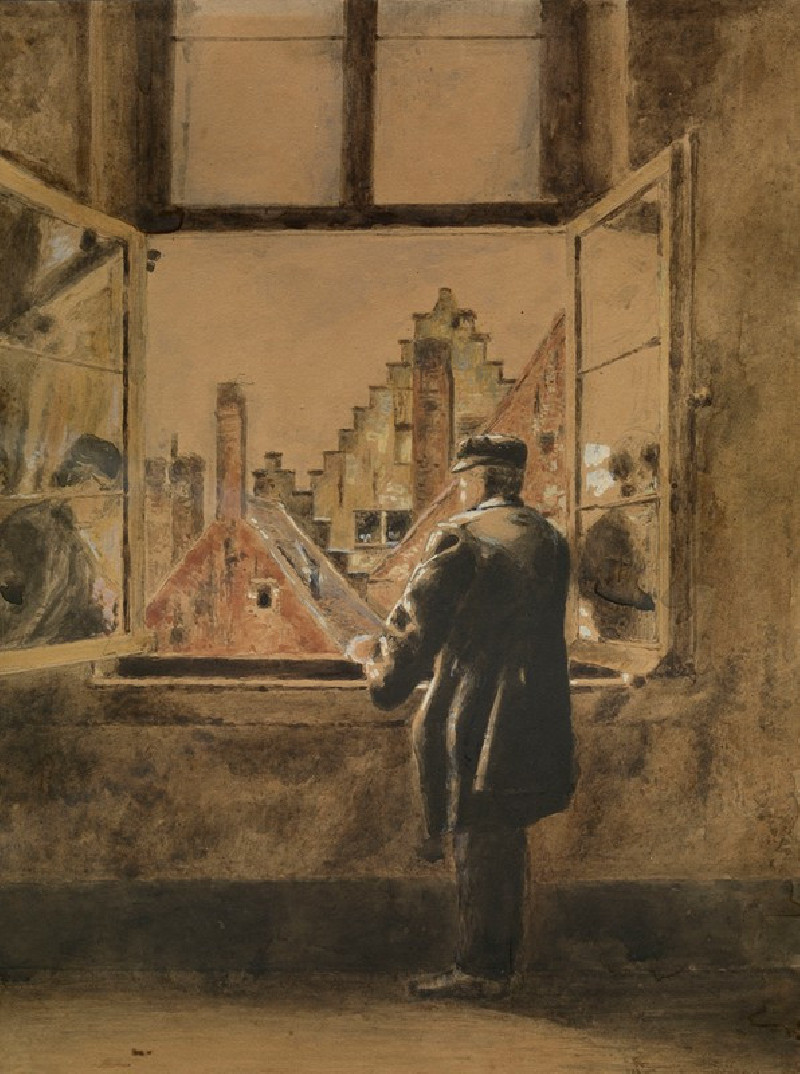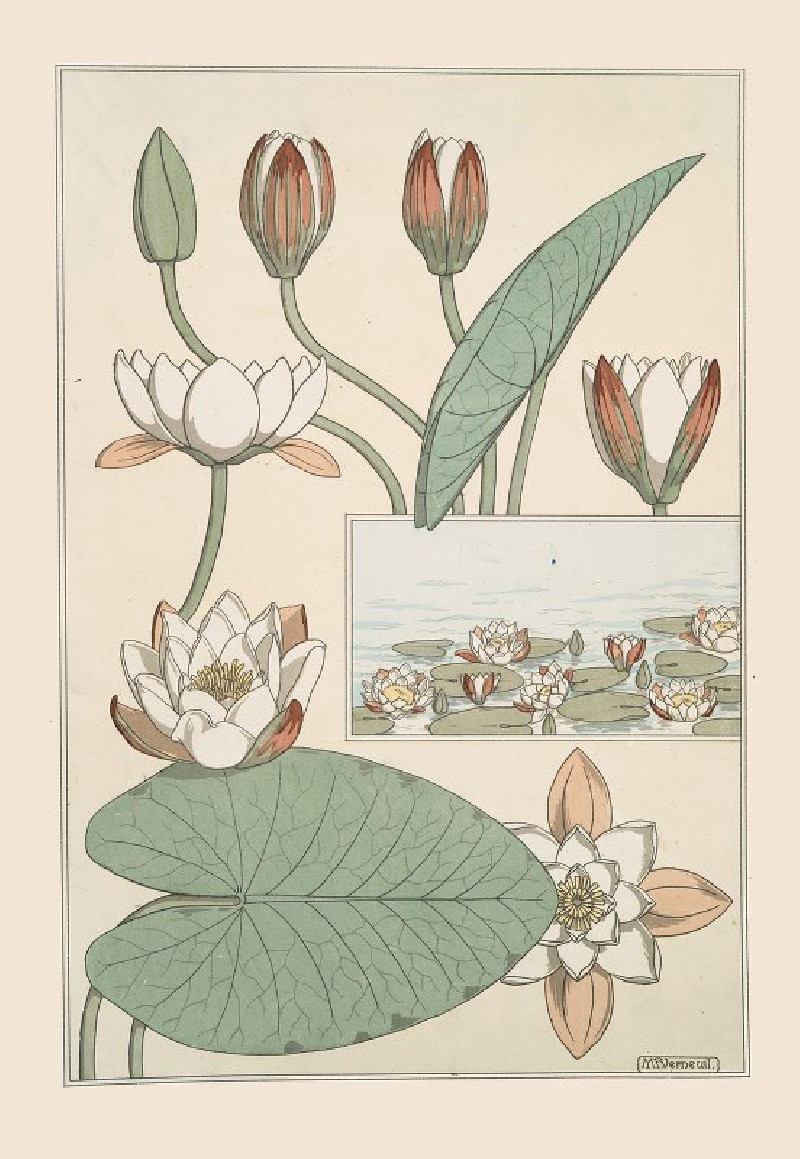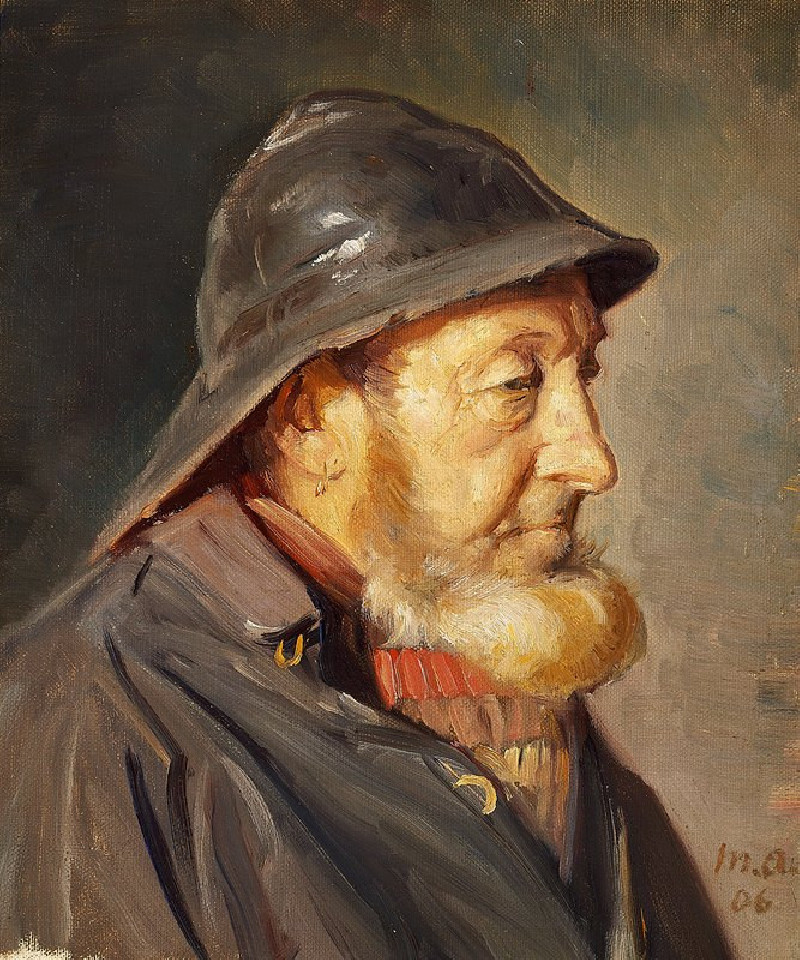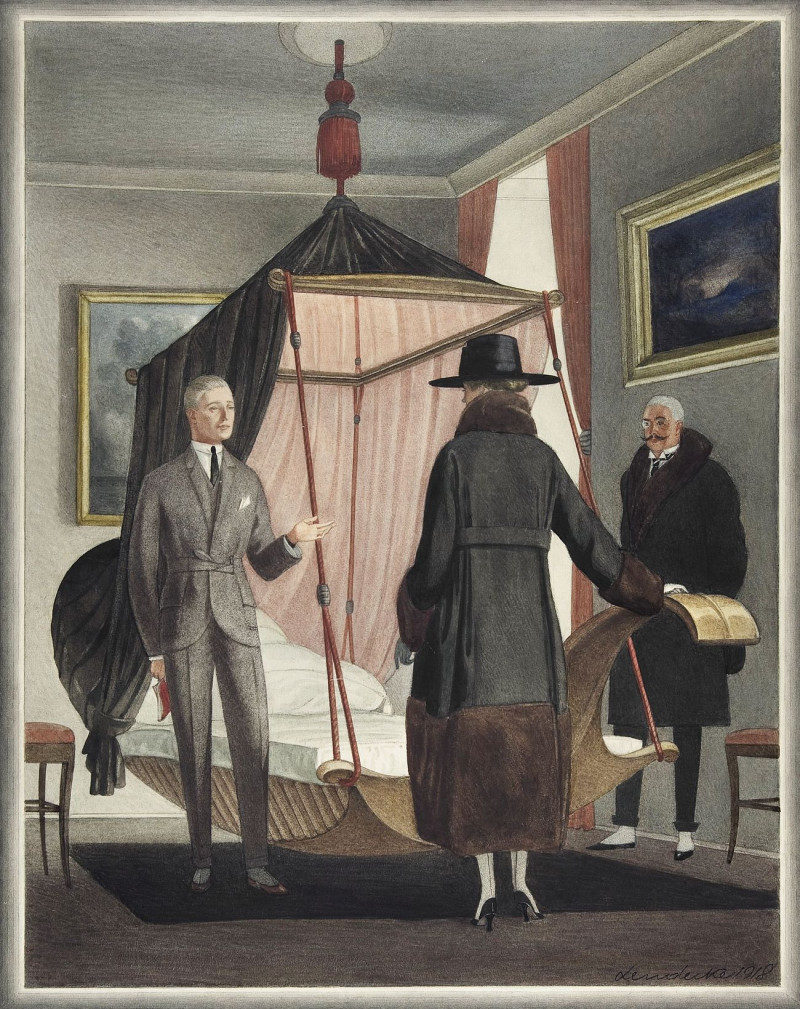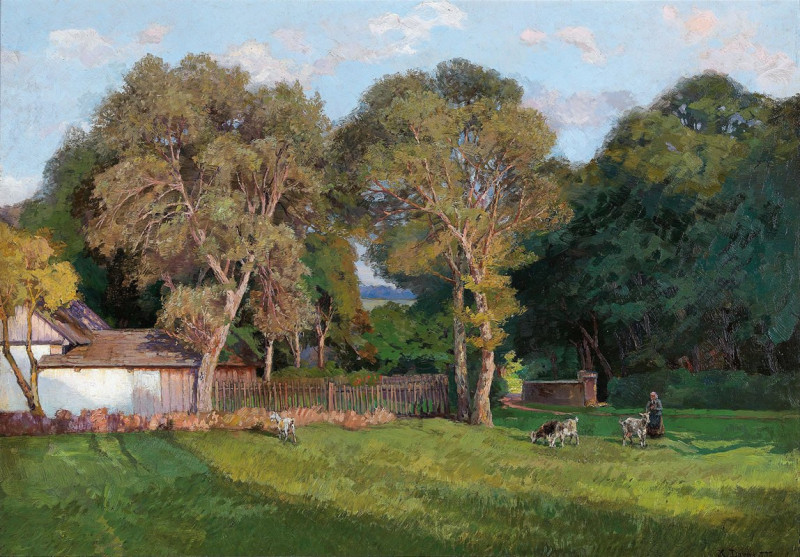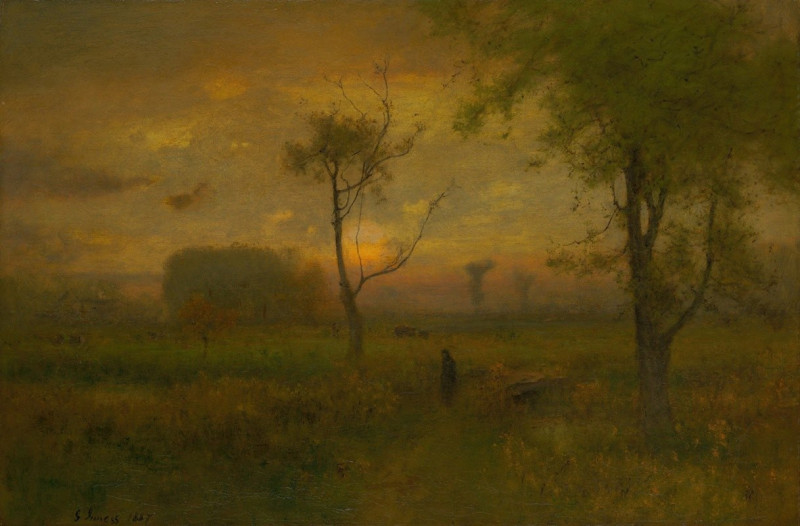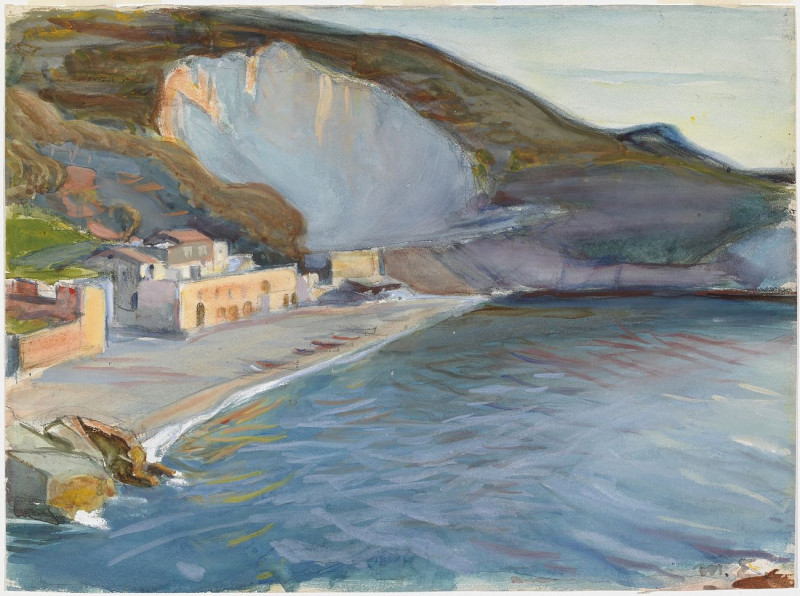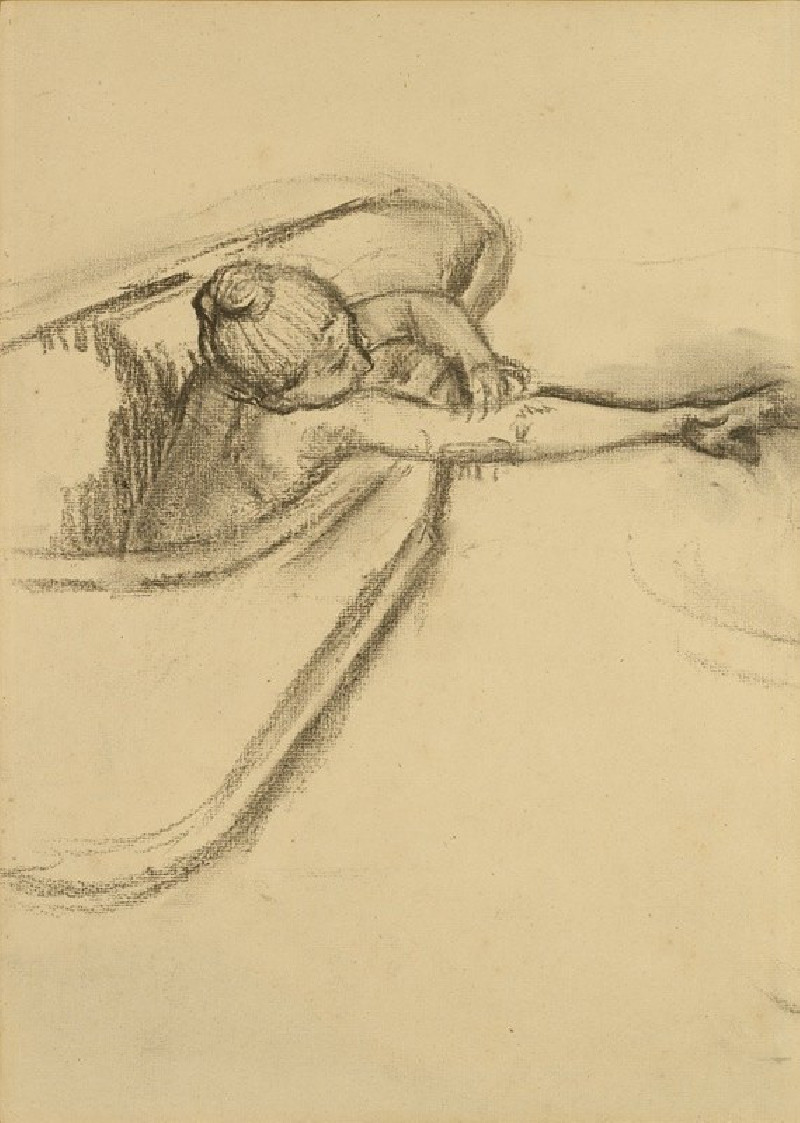St. James Park (1790)
Technique: Giclée quality print
Recommended by our customers
More about this artwork
"St. James's Park," painted in 1790 by the celebrated English artist George Morland, presents a charming scene of social and daily life in late 18th-century England. Set within the verdant surroundings of one of London’s Royal Parks, this painting captures a moment of familial and social leisure that transcends time.The central focal point of the artwork is a stately figure in a military uniform, likely a nod to the English gentry or military officers who frequented the park. This character stands confidently, his gaze directed outward, as if surveying the scene. To his left, two young boys engage in a timeless activity, one quenching his thirst with what appears to be a mug of ale, suggesting a moment of refreshment and pause.Further enriching the composition, to the right we observe a gentlewoman seated with two children. She embodies the elegance and attentiveness characteristic of motherly affection, as she tends to a young child in her lap, while another slightly older child stands close by, clutching what might be a small snack or a toy.Adding a touch of quaint domesticity, a small spaniel sniffs about near a basket, enhancing the pastoral feel and everyday calm of the park setting. The muted palette and the detailed expressions of the figures in the painting produce a vivid sense of realism and warmth, inviting viewers to step into a serene snapshot of 18th-century life.Overall, George Morland’s "St. James's Park" effectively portrays the leisurely outdoor atmosphere popular among London’s elite and commonfolk alike during this era, providing a window into the genteel lifestyles of the time.
Delivery
Returns
George Morland (26 June 1763 – 29 October 1804) was an English painter. His early work was influenced by Francis Wheatley, but after the 1790s he came into his own style. His best compositions focus on rustic scenes: farms and hunting; smugglers and gypsies; and rich, textured landscapes informed by Dutch Golden Age painting.

